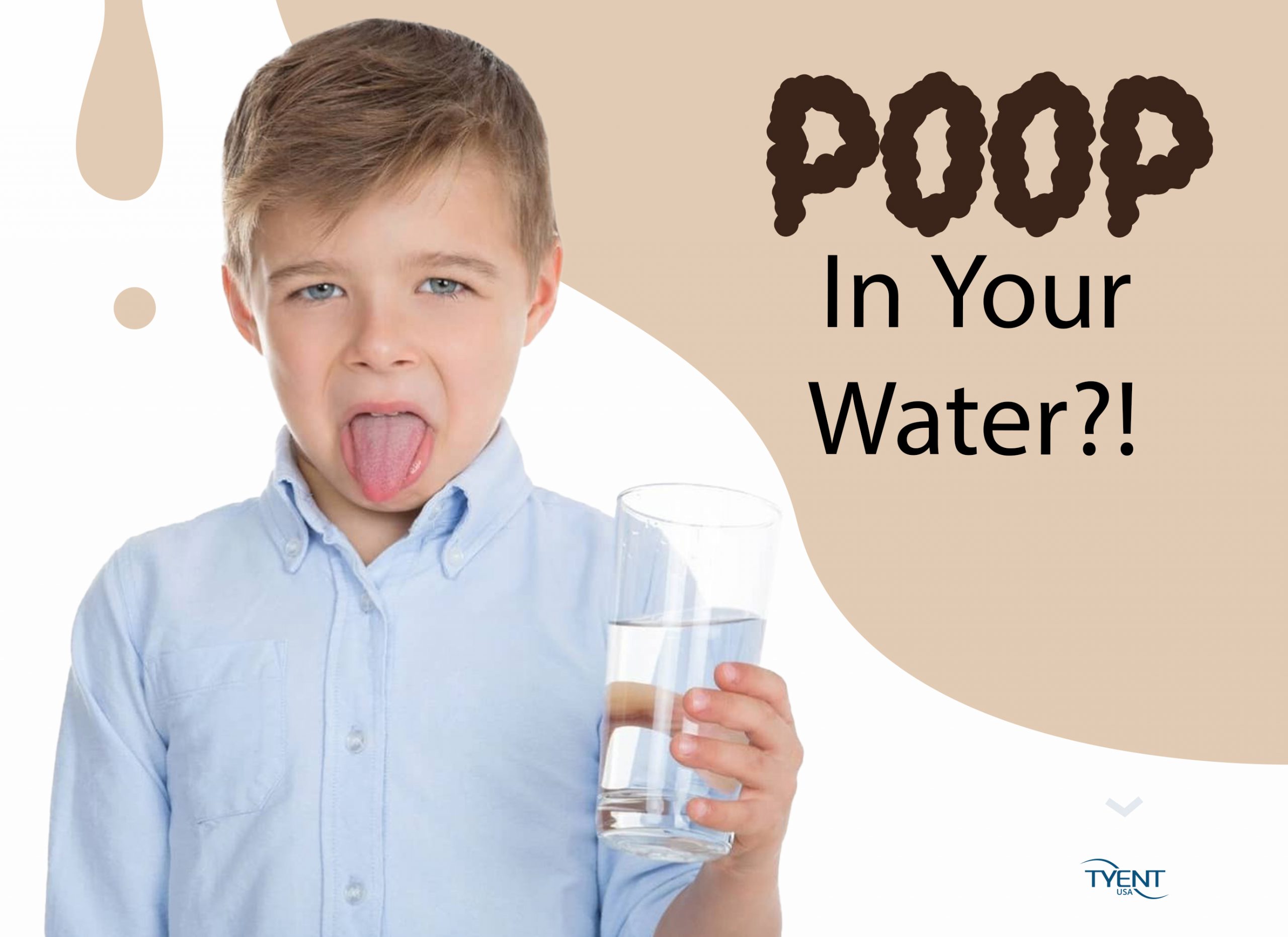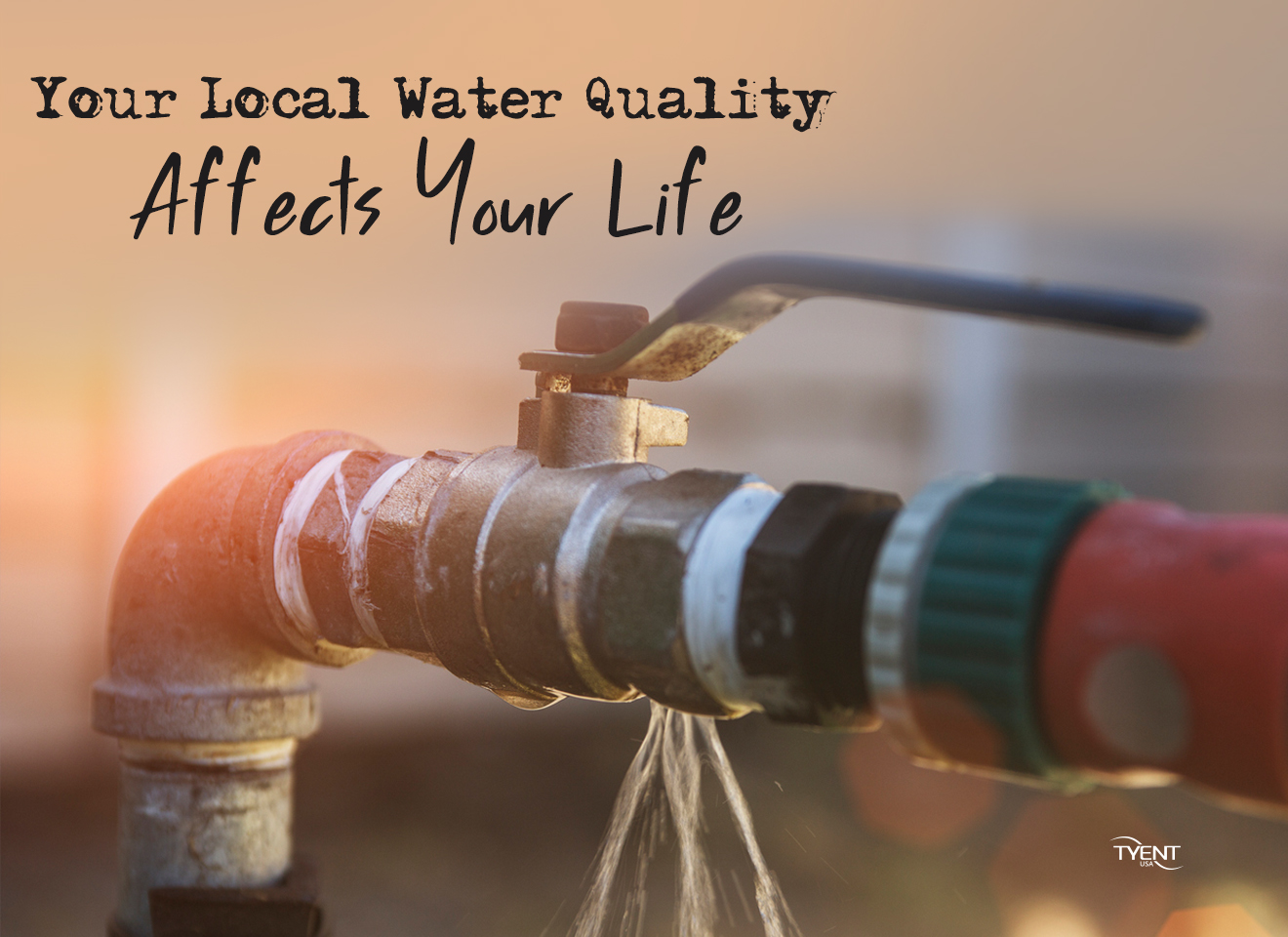From the Source to the Tap – The Producing of Municipal Water
 Most of us are familiar with the terms, tap water, municipal water, city water and others in reference to the water that flows from the faucets in our homes. The collecting of that water, the process of cleaning it up, and the labyrinth of pipes necessary to bring water to our houses, while simple in its theory, is collectively somewhat involved.
Most of us are familiar with the terms, tap water, municipal water, city water and others in reference to the water that flows from the faucets in our homes. The collecting of that water, the process of cleaning it up, and the labyrinth of pipes necessary to bring water to our houses, while simple in its theory, is collectively somewhat involved.
Admittedly, we probably don’t put much thought into how it all works. Where that water from the tap actually comes from, where it went, and how it was treated to make it safe to drink…if it is safe to drink.
I wanted to know more about the process. Here’s what I learned.
 In the United States, there are more than one million miles of underground pipelines that carry water from the source, to the treatment center, and from there to the storage facility and finally, to the home.
In the United States, there are more than one million miles of underground pipelines that carry water from the source, to the treatment center, and from there to the storage facility and finally, to the home.
This process can only be carried out by incorporating a series of pumps and valves strategically placed along the route of the pipeline.
Once in storage (a water tower for small towns & city reservoirs for larger cities), it is then distributed to homes, hospitals, parks and places of businesses within that system or counties’ network.
Locating the Source
The first item any municipality needs to provide water for their people is…water. The source, if you will. That source of course, varies from place to place depending on location, water availability and a host of variables.
Water is why most cities are built on or near a river or lake. People discovered long ago that water was not only vital for survival, but for the transporting of people and goods as well as commerce.
We Have the Water…Now What?
Once the source is discovered, river, lake, or ground water, the water is then delivered to the Treatment Facility or plant by some of those million miles of pipe. There, it is screened, filtered and chemically treated to kill all the disease-causing bacteria and contaminants it contains, at least that’s the plan. From there, it is distributed to the all the people and places in its respective area.
So now that the water is being treated, it’s clean right?
According to a tutorial written by Rachael Casiday, Greg Noelken and Regina Frey, from the Department of Chemistry, WashingtonUniversity, in St. Louis, Mo., “It may be surprising to learn that water treatment does not eliminate all of the impurities from water. In fact, the treatment process itself contributes additional impurities to the water. However, the impurities added during the treatment process generally help to make water more suitable for human use”.
To sum it up, the chemicals added to the water to combat impurities actually add impurities but kills enough bad stuff to make the water better than it was. The lesser of two evils if ever an example existed.
Don’t Chance It
 You can’t always rely on the quality of your water at home despite the best efforts and intentions of your city’s water provider.
You can’t always rely on the quality of your water at home despite the best efforts and intentions of your city’s water provider.
You can protect yourself, your health and the health of those you care about by ensuring that their drinking water is fresh, pure and virtually chemical free by installing a Tyent USA ionized alkaline water purifier in your home or business.
Tyent’s award winning machines are proven to greatly reduce or remove pages of dangerous chemicals from your tap water.
Look into purchasing a Tyent water purifier and begin to enjoy the benefits and peace of mind that comes from knowing you are drinking the safest, purest water available.
For more information, please follow this link. Tyentusa.com
Image Credit
123rf.com
Water treatment
http://www.chemistry.wustl.edu
1 million pipes
Water.epa.gov









